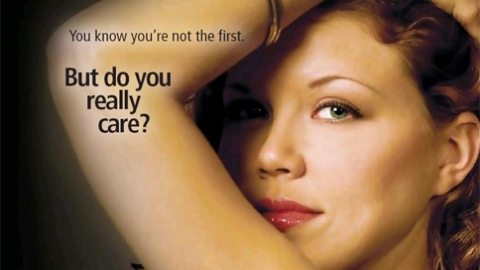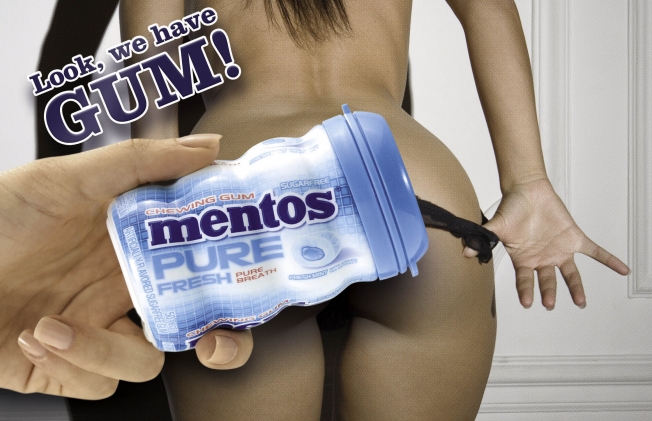The concept of dualism exists across all
spectrums of the world, serving as the foundation for society: good or evil,
love or hate, and success or failure.
With established alignment, one can only exists on the left or the
right, leaving nothing between the two forms of extremes. The social identity
of a human, despite the complexity of the human mind, is no exception to binary
reasoning; there is male and female, each identity serving as the polar
opposite for the other. Dualism transcends between the spoken and written languages,
dictating the thought processes of humans; it has formed social, political, and
economical structures of society in its image, functioning as social dualism.
However, dualism greatly hinders the social
consciousness by limiting the thought process into two categories of extremes.
The two defined categories that arise from the idea of duality evoke a sense of
inequality due to its underlying differences As a result, dualism and
inequality inevitably becomes synonymous; it permeates into the social world,
embedding the idea of duality into race, class, and gender: white or black,
rich or poor, and man or woman.
In order to capitalize on the monetary opportunities
within the corporate world, social dualism has become powerful weapon within
the world of advertisement. In a society, reinforced with centuries of the
“male gaze,” advertisements have become the modern version of oil paintings,
depicting “a world ordered by sexual imbalances,” where “pleasure in looking
has been split between active/male and passive female,” (Mulvey, 837). In one
of the United State’s largest broadcasting events, the reputation of the Super
Bowl advertisement has become legendary; it has become one of the many forms of
the epitome of popular culture. However, its reputability does not make it
immune to the teachings of the “male gaze.” For example, in 2013, during
forty-seventh Super Bowl, Fiat launched a commercial starring Catrinel Menghia,
a Romanian fashion model. In the commercial, a male figure mistaken Catrinel
Menghia for a Fiat automobile; the commercial instills the male gaze teachings
and utilizes the theme of duality through the juxtaposition between Catrinel
Menghia and the Fiat automobile. The male character initially engages the act
of gazing while the female character is gazed upon. As the commercial
progresses, the female transforms into an automobile, objectifying her and
reinforcing the underlying power hierarchies that exists between men and women.
Although the female character is shown to act, she is immediately punished by
being transformed into a car. The commercial strongly reinforces Mulvey’s claim
on the sexual imbalances that has lead to the established power hierarchy.
Despite its use to entice and entertain, the Fiat commercial is one of the many
Super Bowl commercials that sexualize and dehumanize women.
 |
| Putting into question, the value and worth of women; this ad was used with regards to auto-dealerships. |
Overly
sexualized representation of women are not only limited to Super Bowl
commercials. The mass media culture, today, “serves government and the
economy,” (Wolf, 63). With the goal of selling and making profit,
advertisements have targeted women by manipulating the ideal image of a woman.
In her literary work, The Beauty Myth:
How Images of Beauty Are Used Against Women, Naomi Wolf argues that the
beauty and appeal of a woman have become integrated into their identity and
values. The reinforcement supplied by the mass media has allowed stereotypical
images of women to thrive where “women are allowed a mind or a body but not
both,” (Wolf, 59). Under this notion, imbedded binaries form; to be ugly means
to be intelligent and to be beautiful means to be foolish. This idea is
displayed in the Mercedes-Benz commercial, starring two female characters. The
first female enters the library and orders fast food. When the second female
corrects her of her location, the first female asks again in a lower volume.
The commercial embraces the concept of stereotypical images of women proposed
by Wolf. The first female is depicted to be pretty and foolish while the second
female is depicted to be less appealing and smart. Society’s stress on the
image and beauty of a woman has become so deeply systemic that the
objectification of woman is no longer a myth; it is a common theme shared
across all forms of mass media.
 |
| One of Mentos' campaign for their gum. The ad juxtaposes sex (as a form of service) and gum (a marketed object). |
The Fiat commercial and Mercedes-Benz commercial
both utilize humor and a male’s object of interest. In order to address the
issues of gender and sexuality across all forms of advertisements, we must
recognize the abusive of irony and humor within the realm of entertainment. Both
the Fiat commercial and the Mercedes-Benz commercial attempt to mock the male
gaze through the usage of humor; it acknowledges the stereotypical images of
woman and the binary relationship of men and women. However, it indirectly reinforces the very
ideas it addresses by acknowledging the stereotypical types; they to concede the
ideas they are trying to mock. A similar situation can be seen in the 2016
Oscar awards where numerous jokes of racism were exchanged; Hollywood
essentially acknowledged and mocked the ideas presented by black actors,
boycotting the event and yet it presented no solution to the issue. The usage
of humor serves as a tool for devaluing the issues many activists are trying to
address.
Within the world of mass media, there are no
accidents. I believe that every thing that is displayed on screen, to a great
extent, is planned and organized. Rather than using humor to undermine the
efforts of various activists across all spectrums of reforms, a more serious
tone must be utilized. Although advertisements serve as a form of entertainment
with the intent to sell, the rights of all human beings must not address in
humor. It must not be forgotten that human rights cannot be bought or sold.
Ultimately, the lines separating the social, political and economical world are
thin; it is vital that we understand that not all ideologies can be shared
across all aspects of society.
Citations:
Mulvey, Laura. "Visual Pleasure and Narrative Cinema." Film Theory and Criticism: Introductory Readings. 1999. Web.
Wolf, Naomi. The Beauty Myth: How Images of Beauty Are Used against Women. 1991. Web.
Wykes, Maggie and Barrie Gunter."Conclusion" from The Media and Body Image. Web.
Citations:
Mulvey, Laura. "Visual Pleasure and Narrative Cinema." Film Theory and Criticism: Introductory Readings. 1999. Web.
Wolf, Naomi. The Beauty Myth: How Images of Beauty Are Used against Women. 1991. Web.
Wykes, Maggie and Barrie Gunter."Conclusion" from The Media and Body Image. Web.

No comments:
Post a Comment